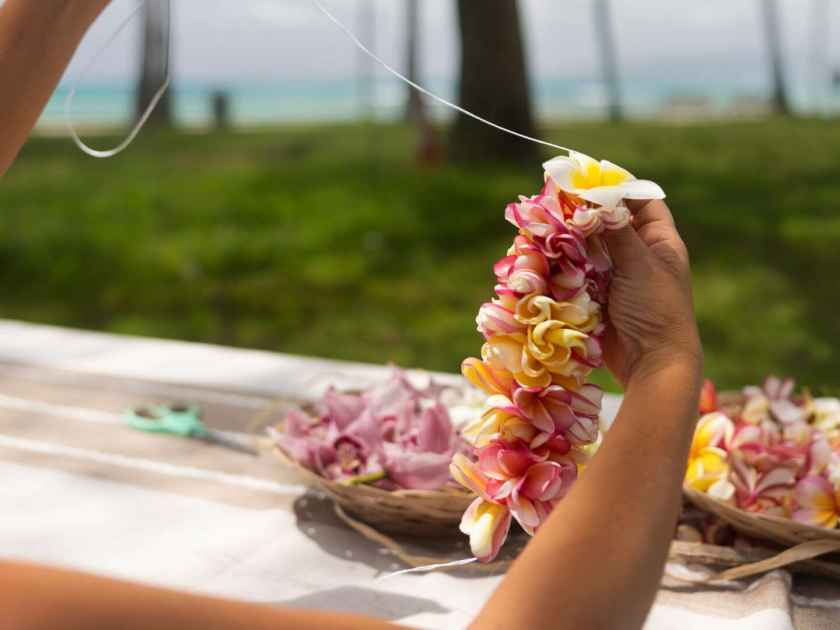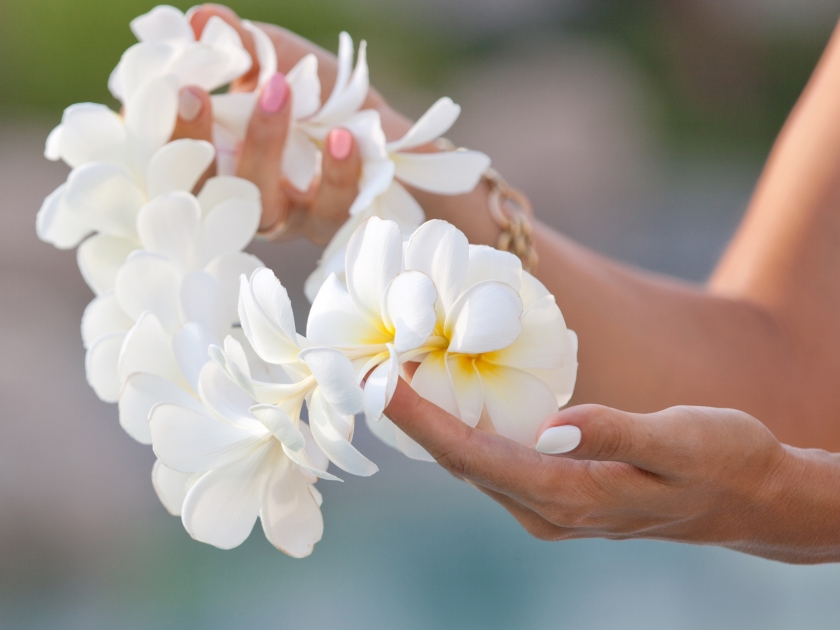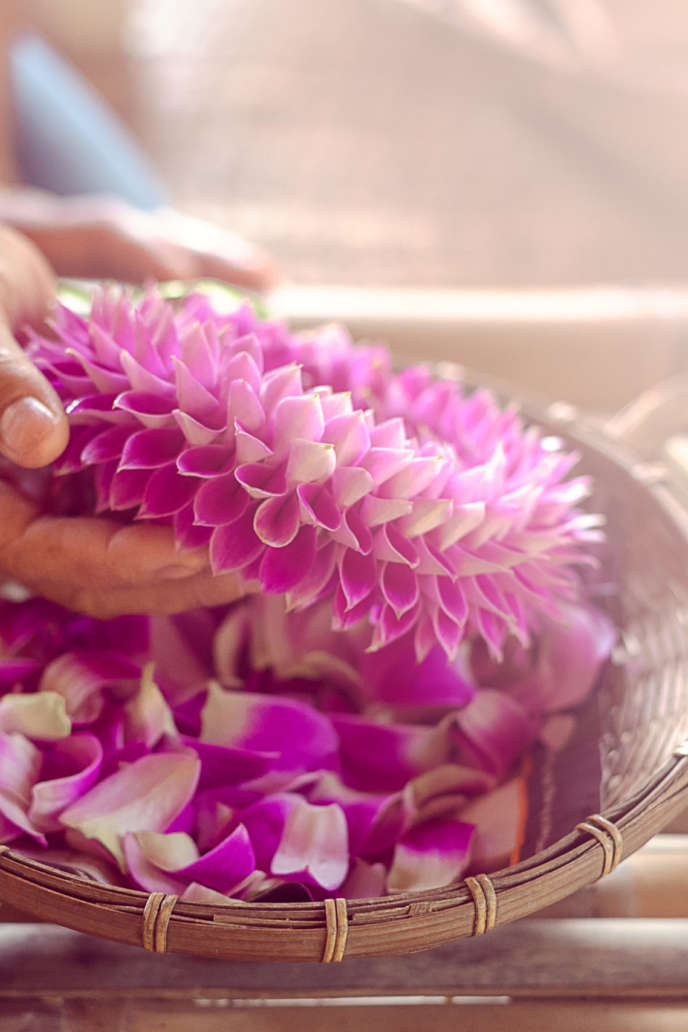A Hawaiian lei necklace is a symbol of Aloha, meticulously crafted from a string of flowers, leaves, seeds, or nuts. It’s traditionally worn around the neck, presenting a vibrant testament to the islands’ rich natural beauty and cultural heritage. This article aims to explore the rich tapestry of history, tradition, and meaning woven into every Hawaiian lei necklace. From its origins to modern-day significance, we’ll uncover the layers that make the lei a cherished symbol of Hawaii.
The Making of a Lei Necklace

In the art of lei-making, the selection of materials bridges past and present, honoring tradition while embracing innovation. Originally, artisans relied on the natural bounty of the islands, using flowers like the vibrant plumeria and orchids, each with their symbolism, such as love or welcome. Leaves, seeds, and nuts, such as the protective ti leaf or the enlightening kukui nut, added depth and meaning.
Modern Adaptations and Materials
Today, modern lei makers continue to honor these traditions but also incorporate new materials, from imported flowers to synthetic accents, broadening the scope of expression. The crafting process itself, whether traditional or contemporary, is a thoughtful journey through selection, preparation, and stringing, culminating in a lei that is not just an adornment but a profound gesture of connection and aloha.
Types of Lei Necklaces and Their Meanings

The diversity of lei necklaces reflects the breadth of emotions and occasions they commemorate. A single-strand lei, characterized by its simplicity and elegance, is often used to signify a warm welcome or farewell. In contrast, a double-strand lei represents extra honor and esteem, making it suitable for distinguished guests or significant achievements.
Special Leis for Different Occasions
Special leis for different occasions further illustrate the lei’s versatility and deep-rooted significance in Hawaiian culture. For weddings and anniversaries, leis symbolize eternal love and companionship. During graduation, they embody pride and hope for the future. At funerals and memorials, leis convey respect, remembrance, and the circle of life, offering a tangible connection to those who have passed. Each lei, with its unique design and materials, serves as a powerful expression of life’s most poignant moments.
The Cultural Significance of Lei Necklaces
The lei necklace stands as a cornerstone of Hawaiian culture, embodying the islands’ traditions, values, and the Aloha spirit. In Hawaiian ceremonies and everyday life, the lei transcends its physical beauty, acting as a symbol of love, respect, and a heartfelt welcome. It is a gesture of connection, a way to honor guests, celebrate milestones, and commemorate the departed, seamlessly woven into the fabric of Hawaiian life. Moreover, the practice of lei-making and gifting plays a crucial role in preserving Hawaiian culture, passing down the rich heritage and values from one generation to the next. Through each lei given or received, the traditions, stories, and Aloha spirit of Hawaii continue to flourish, ensuring that the essence of the islands remains vibrant and enduring.
Etiquette and Proper Ways to Wear and Gift a Lei

The etiquette surrounding lei exchanges underscores the importance of respect, intention, and the mutual sharing of Aloha. When giving a lei, it is crucial to do so with a genuine heart and understanding of its significance, ensuring the gesture enhances the bond between the giver and receiver. Receiving a lei, in turn, is an honor that demands grace and appreciation, acknowledging the lei’s symbolism and the giver’s goodwill. The act of wearing a lei carries its protocol, from positioning it gently around the neck to avoiding removal in the presence of the giver, as a sign of respect. Understanding the dos and don’ts of lei giving not only enriches the experience but also deepens the connections forged through this timeless Hawaiian tradition, reflecting a profound respect for the culture and the individuals involved in the exchange.
Learn More: How to Properly Receive a Lei: Do’s and Don’ts
Lei Continues to Echo the Spirit of Aloha Far Beyond its Island Home!
The Hawaiian lei necklace, with its deep roots in tradition and its blossoms in contemporary society, remains a vibrant symbol of culture, unity, and the Aloha spirit. Its significance transcends the borders of the Hawaiian Islands, captivating hearts worldwide and serving as a bridge between cultures. This global appeal underscores the importance of cultural appreciation and respect, urging us to delve deeper into the rich tapestry of Hawaiian customs. By encouraging individuals to explore more about Hawaiian culture, engage in the tradition of lei making, and share leis as a gesture of goodwill, we foster a greater understanding and respect for this ancient practice.




